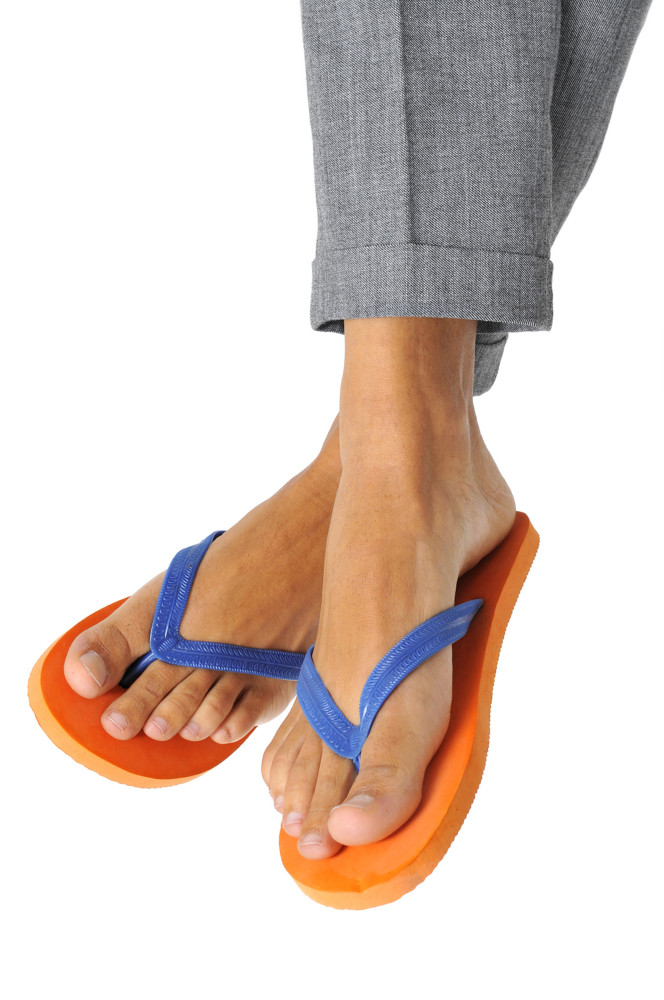By Mark Belko
Pittsburgh Post-Gazette.
PITTSBURGH
Ahhh, summer. It’s a time for flip-flops and T-shirts, sun dresses and cargo shorts.
Just not in the office.
No matter how sweaty or overheated you feel in that dress shirt and tie or business suit, resist the temptation to trade it for Bermuda shorts or a midriff baring top (even if you don’t have an important business meeting that day).
“Many people hear the phrase, ‘business casual.’ The operative word there is business as opposed to casual,” said Andrew Sassaman, Pittsburgh branch manager of Robert Half, a staffing agency with 350 offices worldwide.
Sassaman said inappropriate dress is a common problem during the summer months as employees try to beat the heat. What might not get a second glance at the beach or a picnic could draw stares, whispers or worse in the office.
In a survey of senior managers by Robert Half, 80 percent said clothing choices can affect an employee’s chances of earning a promotion. “If people get too casual on the business casual, it can affect their credibility and the way people view them,” Sassaman said.
Inappropriate attire by employees in the workplace “speaks to a couple of things. It speaks to their ability to view the environment around them and their ability to understand corporate culture and their decision making,” he added.
So what are the five summertime wardrobe taboos, according to Robert Half?
_Sheer clothing. “Anything see-through is generally inappropriate,” Sassaman said.
-Unsuitable footwear, mainly flip-flops. “As a general rule, flip-flops are not appropriate for the office,” he noted.
-Midriff-bearing tops, low-rise pants or “anything showing too much skin.”
-Sun dresses. “Usually those are a bit more appropriate for Kennywood or the beach, as opposed to a professional office environment,”
Sassaman said, referring to a popular Pennsylvania theme park.
-T-shirts, particularly those with political or controversial messages. Why risk a heated argument with a co-worker when it’s so hot outside?
Sassaman suggested considering whether “a colleague or supervisor would spend more time focused on what you’re wearing as opposed to what you’re saying. If they’re focused on what you’re wearing, it’s probably not appropriate for the workplace.”
Employers and managers have some responsibility for controlling the environment, he said. They should make sure there is a dress code in place and that it’s communicated.
If someone comes to work wearing something inappropriate, “It needs to be addressed,” he said. “If you let people get away with it, it will become more prevalent.”
As for employees trying to get it right, Sassaman acknowledged there can be gray ideas, open-toed shoes for women being one of them, capri pants being another.
“If you think it’s going to be a problem, too risque or inappropriate, err on the side of caution,” he said. “The workplace is not the place to take risks on fashion if you’re looking to get ahead.”














































































































































































































































































































































































